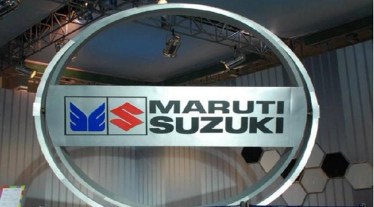New Delhi-headquartered Maruti Suzuki is planning to deploy strong hybrid technology across its passenger vehicle offerings in the next 5-7 years, said CV Raman, CTO, Maruti Suzuki India.
On its course to achieve net zero carbon emissions, the OEM intends to set about deploying mild- and strong hybrid technologies across its models, ensuring enhanced economy and reducing tailpipe emissions.
Earlier this year, Suzuki Motor Corporation announced a 150 billion yen (Rs 10,445 crore) investment in India by 2026 for local manufacturing of battery electric vehicles (BEVs) and EV batteries.
However, the OEM plans to continue focussing on CNG cars, instead of jumping on the EV bandwagon until the EV technologies become cost effective in the country. Maruti Suzuki aims to deliver 6 lakh CNG vehicles in India this fiscal.
The company continues to focus on hybrid tech, CNG cars while it aims to prioritise ethanol and bio-CNG compliant engines moving forward. The OEM, however, has plans to launch its first battery electric vehicle (BEV) in the country in 2025.
“In the next five to seven years, every model will have some element (of green technology) or the other. There will be no pure petrol powertrain across the range. We are particularly looking to have strong hybrid technology across multiple models going ahead. When we come up with a technology, we try to democratise it by putting it across as many models as possible,” stated Raman.
He emphasised the importance of hybrid technology in the transition to electric mobility in the country. The hybrid technology enables the vehicles to take advantage of both the fuel engines and electric motors. Strong hybrid tech-enabled cars offer relatively enhanced vehicle economy and thus reducing tailpipe emissions. On the other hand, mild hybrid systems offer minor advancements.
The self-charging hybrid mechanism not only offers reduction in CO2 emissions and enhanced fuel efficiency, but also takes care of range anxiety issues for buyers, he said.
“Strong hybrid is going to take care of some part of achieving the targets set under the COP26 climate change conference….I think it is the perfect solution for helping in running the car in an eco-friendly manner. Why this eco-friendly transition is not an acceptable solution is something which people should talk about. The work we did in the last 30 years in conventional vehicle development, we will now have to do in eight years,” said Raman citing the challenge to transition to the electric vehicle ecosystem to adhere to the government’s target of having EV penetration of 30 per cent for passenger vehicles by 2030.
“These days everything is going electronic. We don’t have an ecosystem. Everything will have to be imported unless the PLI (Production Linked Incentive) scheme really kicks in and is able to deliver in time and all the localisation happens. If we want to achieve this dream of 30 per cent electric passenger vehicles by 2030, we will have to transition this entire ecosystem in the next five years. This is a challenge.. all powertrain engineers need to transition to EVs. The entire ecosystem needs to be re-skilled, from service to component suppliers, there is a huge amount of work pending there. It is good to have targets, one should work towards them but then you also need to put steps in place in order to realise those goals. We will look at what the EV customer wants, and accordingly take a call as to where to place our bets. This will go along with the product development,” concluded Raman.
(With inputs from PTI’s interaction with CV Raman, CTO, MSI.)
